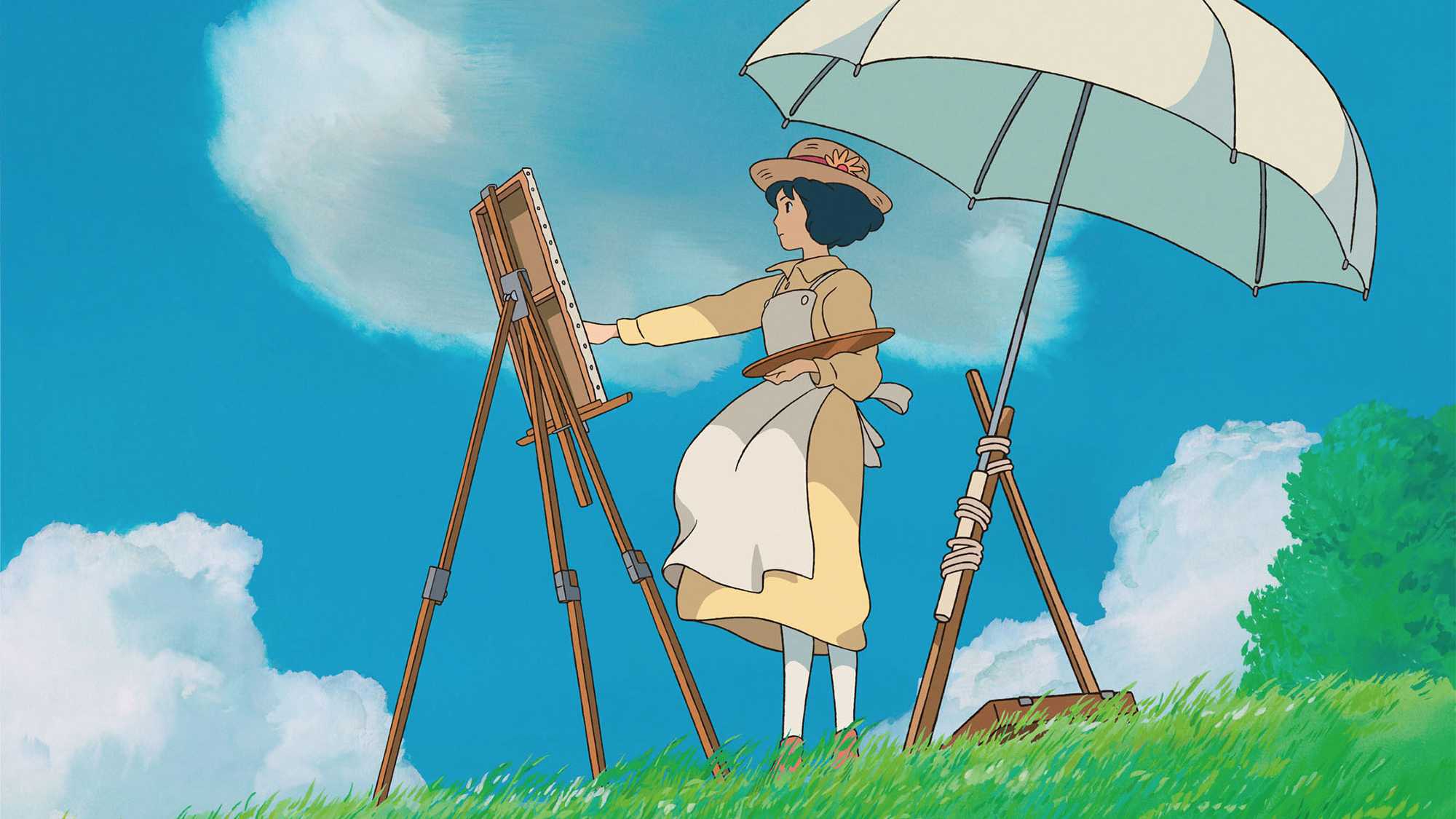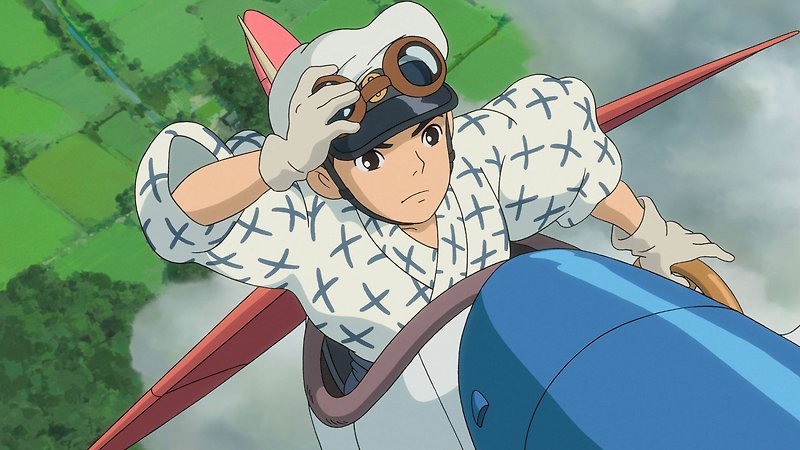The great Japanese animator Miyazaki Hayao has announced his retirement at the age of 72. If he sticks to his word he will have gone out on a sublime note.


Marked by flights of incredible visual fancy… Miyazaki's hauntingly beautiful historical epic draws a sober portrait of Japan between the two World Wars.
Screened as part of Autumn Events 2014
The Wind Rises (Subtitled Version) 2013
Kaze tachinu
The great Japanese animator Miyazaki Hayao has announced his retirement at the age of 72. If he sticks to his word he will have gone out on a sublime note. As captivated by the joy of flight and flying machines as any of the wonderful films that have preceded it, The Wind Rises is a fictionalised portrait of the brilliant aeronautical engineer Horikoshi Jiro and the two loves of his life: his work, and his ailing wife, Nahoko.
Picturing Japan of the 20s and 30s in vivid detail – not least in his jaw-dropping depiction of the 1923 Kanto Earthquake and fire – Miyazaki mixes intense nostalgia for the unspoiled countryside with sharp observation of his country’s determination to foot it in an industrialised world. In Jiro, Miyazaki sees a creative spirit inextricably caught up in that era: his most perfect invention, the power-diving Zero, became the instrument of Japanese aggression and self-destruction.
Miyazaki’s tenderly equivocal portrait of his subject’s innocence has raised eyebrows among some who fear a resurgence of Japanese militarism. But the haunting composure with which his beautiful film binds joy and terror, love and loss, creation and destruction, speaks to contradictions that are hardly unique to Japan.